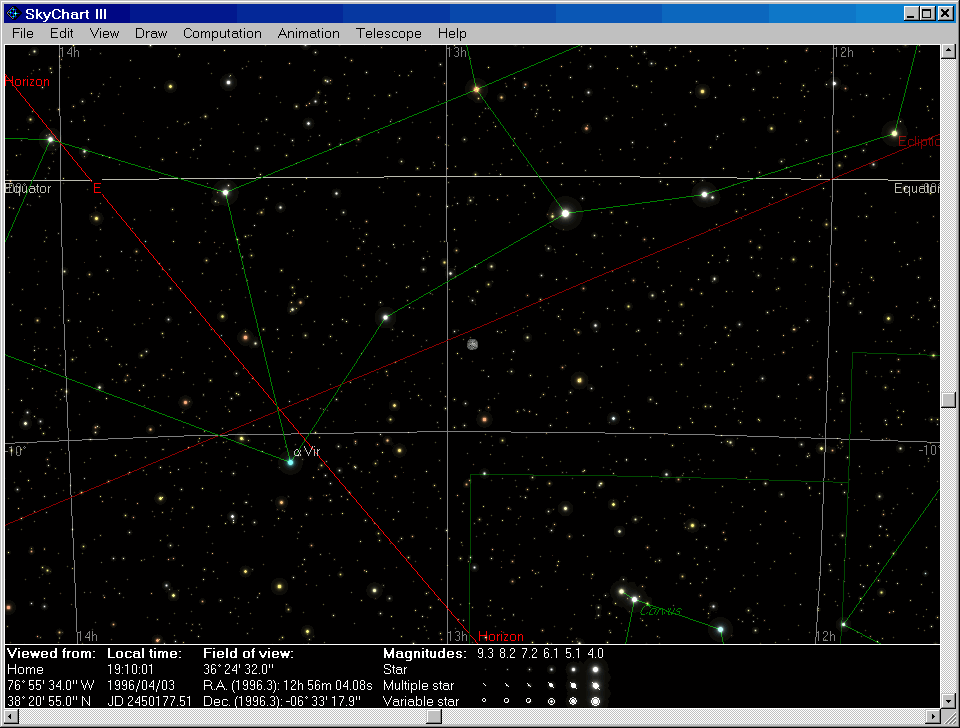

Meteor Shower: The Perseids peak around August 12 and feature about 140 meteors an hour which is over 2 per minute.įor adults and children. Saturn is very low in the WEST in the constellation Virgo.ĬONSTELLATIONS visible when it FIRST GETS DARK:Ĭlock position of the bowl of the Big Dipper when it first gets dark is 8:30 o'clock. Jupiter rises in the East at 11:30 AM in Aries. Mars rises in the East at 3 AM in Gemini. Venus is not visible because it is positioned very close to the Sun. Location of PLANETS when it FIRST GETS DARK: New Moon: Sunday, August 28 - First Quarter: Saturday, August 6įull Moon: Saturday, August 13 - Last Quarter: Sunday, August 21 Would like advice on buying a telescope or accessories, If you have a question about astronomy or Phoenix Mars Mission to analyze soil for water Images from the Hubble Space Telescope that orbits Earth Want a really nice star chart of the night skyĭaily Sunspot Count & other Space Weather (comets plus) However, there is a difference between life and intelligent life-how plentiful is “intelligence” life? ( Continues here) Based on the study of our solar system, many scientists believe that life may be much more plentiful in the Universe than we ever imagined. But remember, galaxies are extremely large and the distance between galaxies is even greater-so it might not be easy for intelligent races to bump into each other.Īlmost every space scientist believes that we will find microbial life under the surface of Mars and I wholeheartedly agree, however, at the snail's pace that we are exploring Mars*, we might first detect telltale signs of life-bearing atmospheres on planets orbiting nearby stars (that we see in the night sky) instead of finding life on a planet in our backward. Even at this rate, there would be around 200,000,000,000 (200 billion) planets with life at our intelligence level. Let's say that intelligent life, like our, occurs only on 1 in a trillion planets.

And, we know from recent discoveries that planets exist around most stars. There are at least 200 billion stars in our galaxy and there are at least 100 billion galaxies in the Universe, so that equates to around 200,000,000,000,000,000,000,000 stars in the Universe. This is the most frequent question I get asked, especially when I am talking with someone about astronomy, alone.īecause of the almost innumerable stars that are in the Universe, probability alone says that there HAS to be life, like us, somewhere out there.


 0 kommentar(er)
0 kommentar(er)
